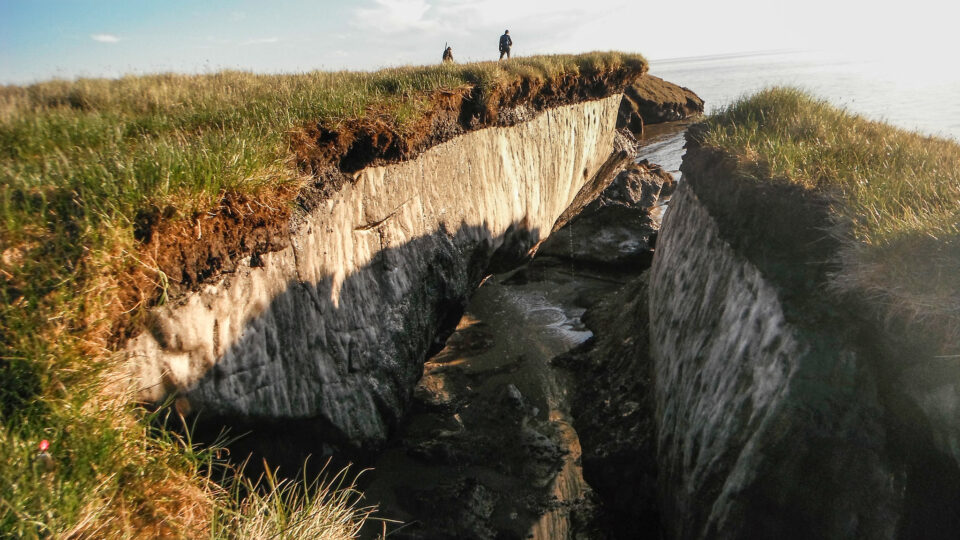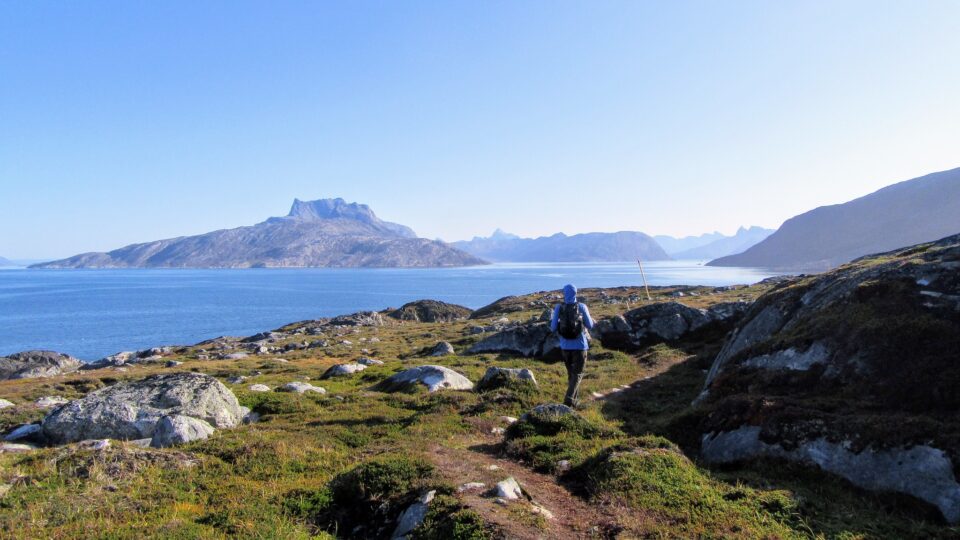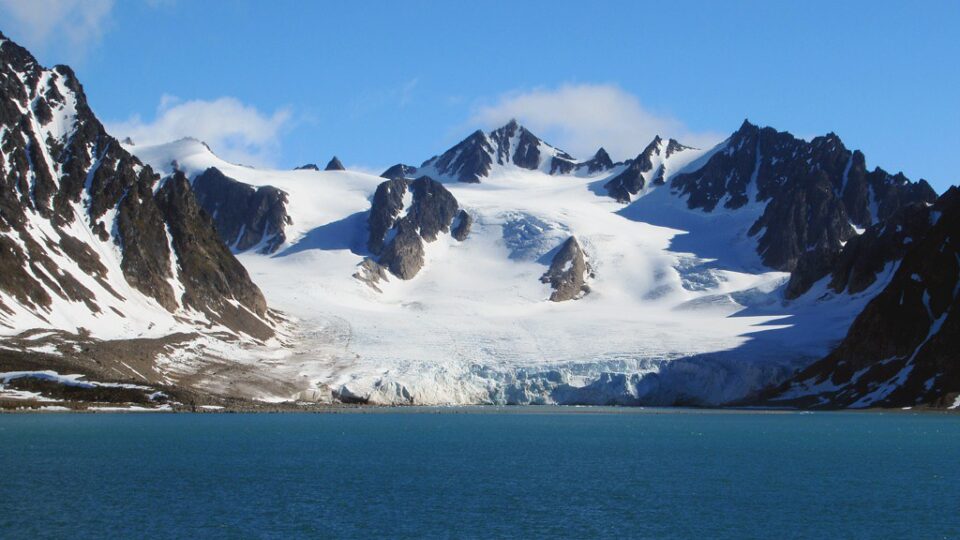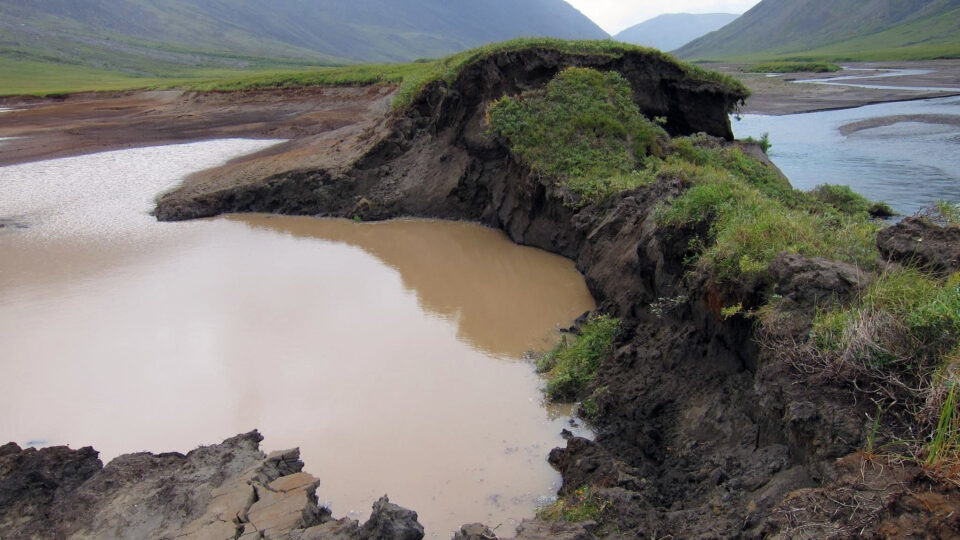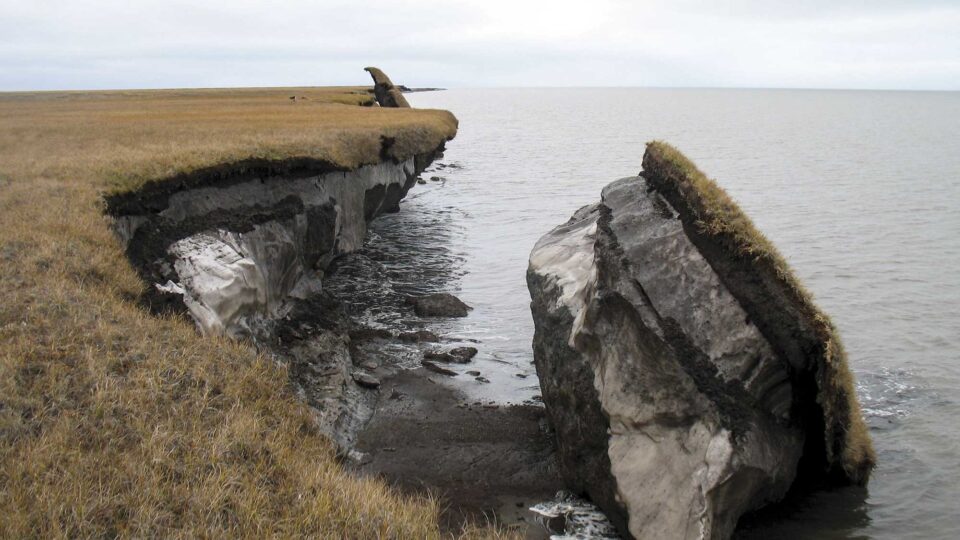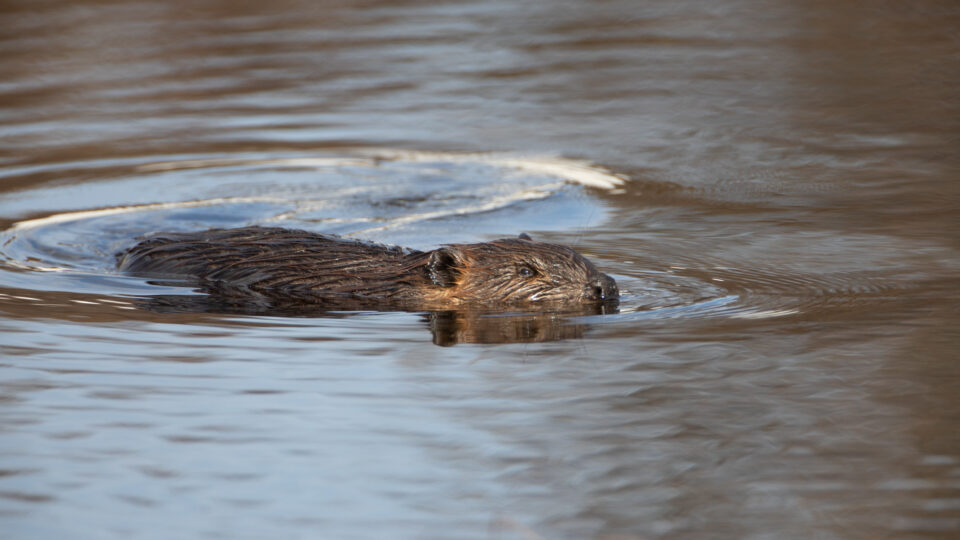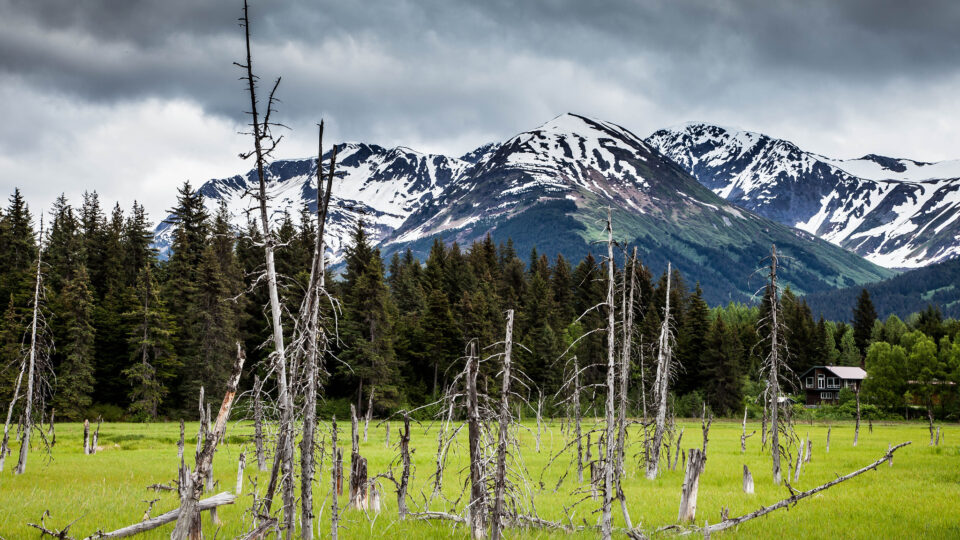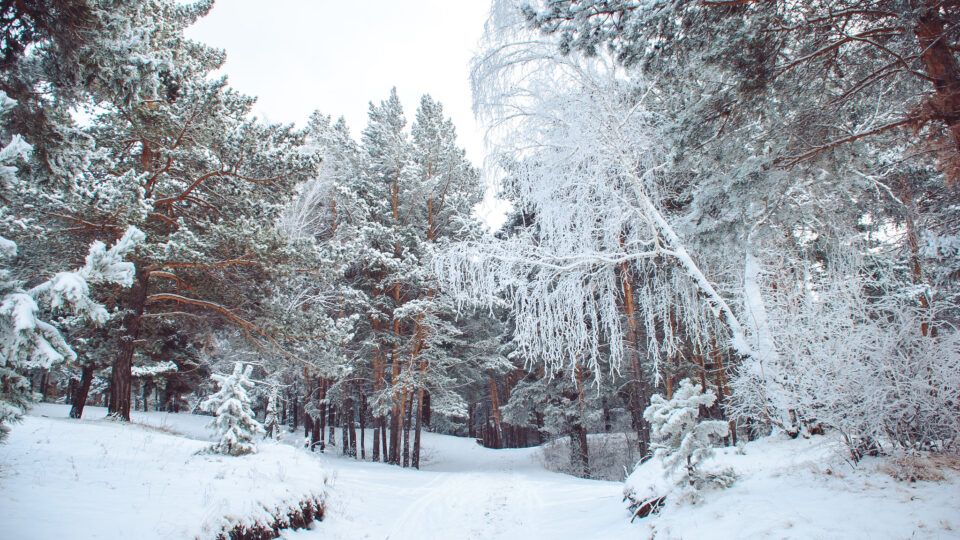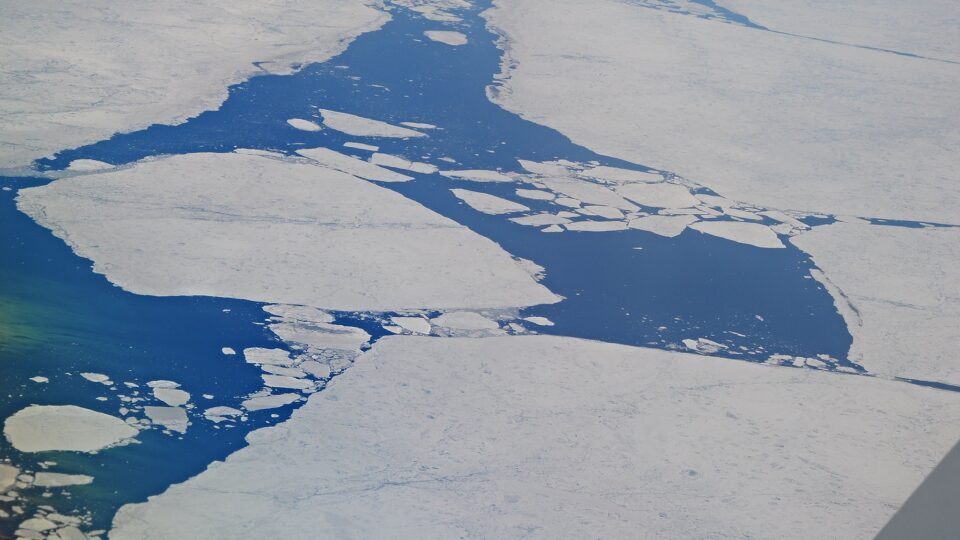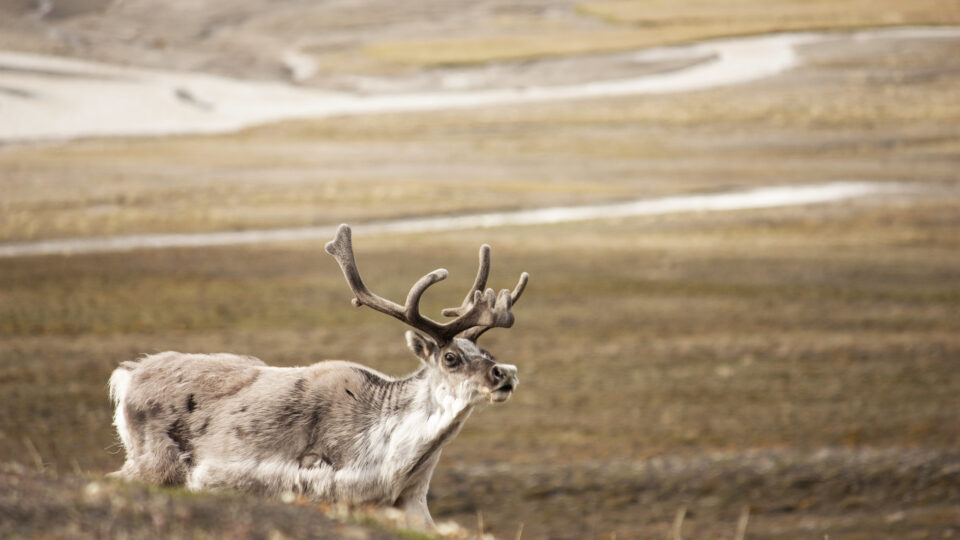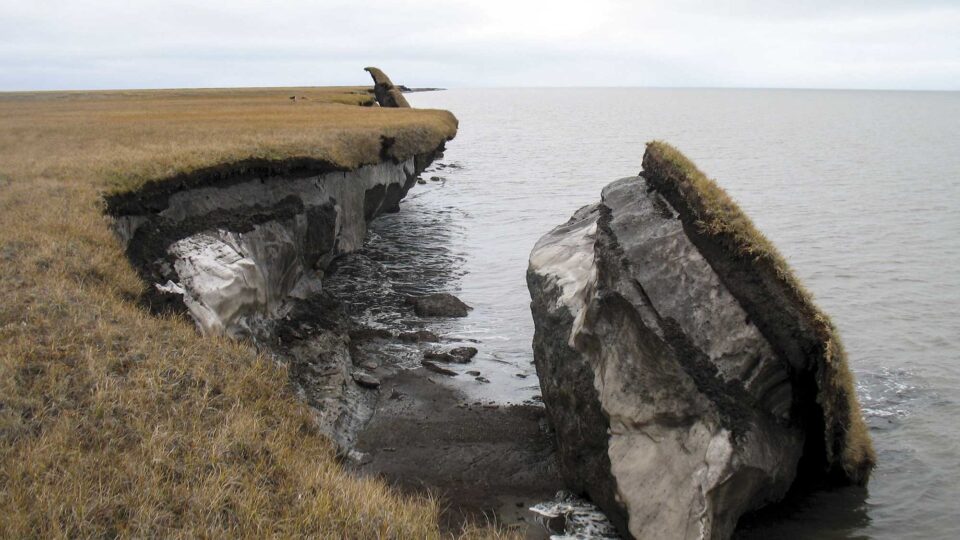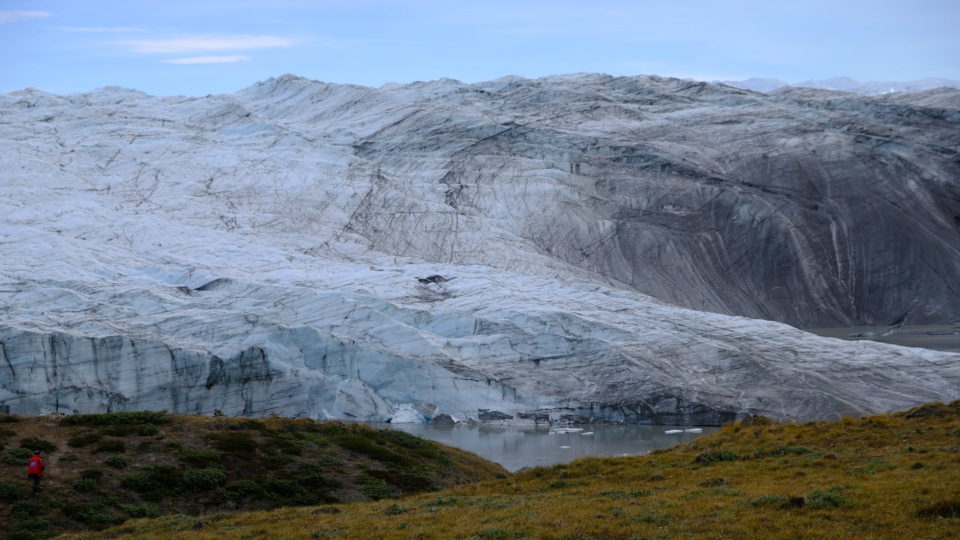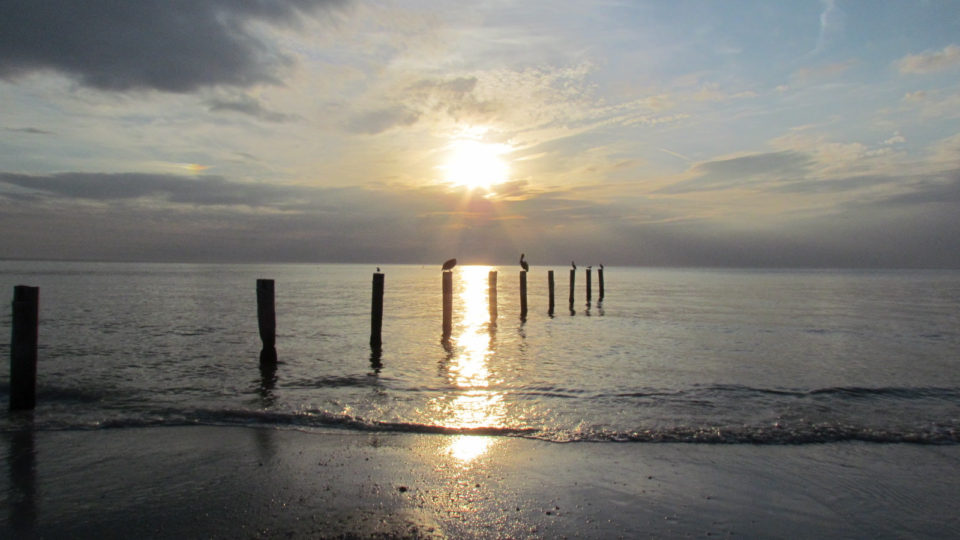Permafrost covers about a quarter of the landmass in the Northern Hemisphere. It stores vast quantities of organic carbon in the form of dead plant matter. As long as it stays frozen, it is no threat to the climate. But as it thaws, microorganisms start breaking down that plant matter and large amounts of carbon are released into the atmosphere in the form of carbon dioxide and methane.
This process has often been described as a ticking timebomb for the climate. The theory is that once global warming reaches a certain level, the process will become self-amplifying setting off a catastrophic amount of warming. If that level was reached, it would be a tipping point in the changing climate.
An international research team from the Alfred Wegener Institute in Germany has extensively researched this hypothesis. Their conclusion is that within the permafrost, there are multiple geological, hydrological, and physical processes that are self-amplifying and, in some cases, irreversible. However, these processes act only locally or regionally. There is no evidence that some particular threshold in global warming could affect all permafrost and accelerate its thawing on a global level.
This research does not mean that Arctic permafrost is nothing to worry about. In fact, there are ways in which it is more worrisome. Because the permafrost is very heterogenous – meaning it is very different in different places – there will be numerous small, local tipping points that will be exceeded at different times and at different levels of warming. All of this will proceed in step with global warming, contributing to the overall worsening situation. There is no warming level below which permafrost thawing is not a problem.
**********
Web Links
Thawing permafrost: Not a climate tipping element, but nevertheless far-reaching impacts
Photo, posted January 24, 2014, courtesy of Brandt Meixell / USGS via Flickr.
Earth Wise is a production of WAMC Northeast Public Radio
